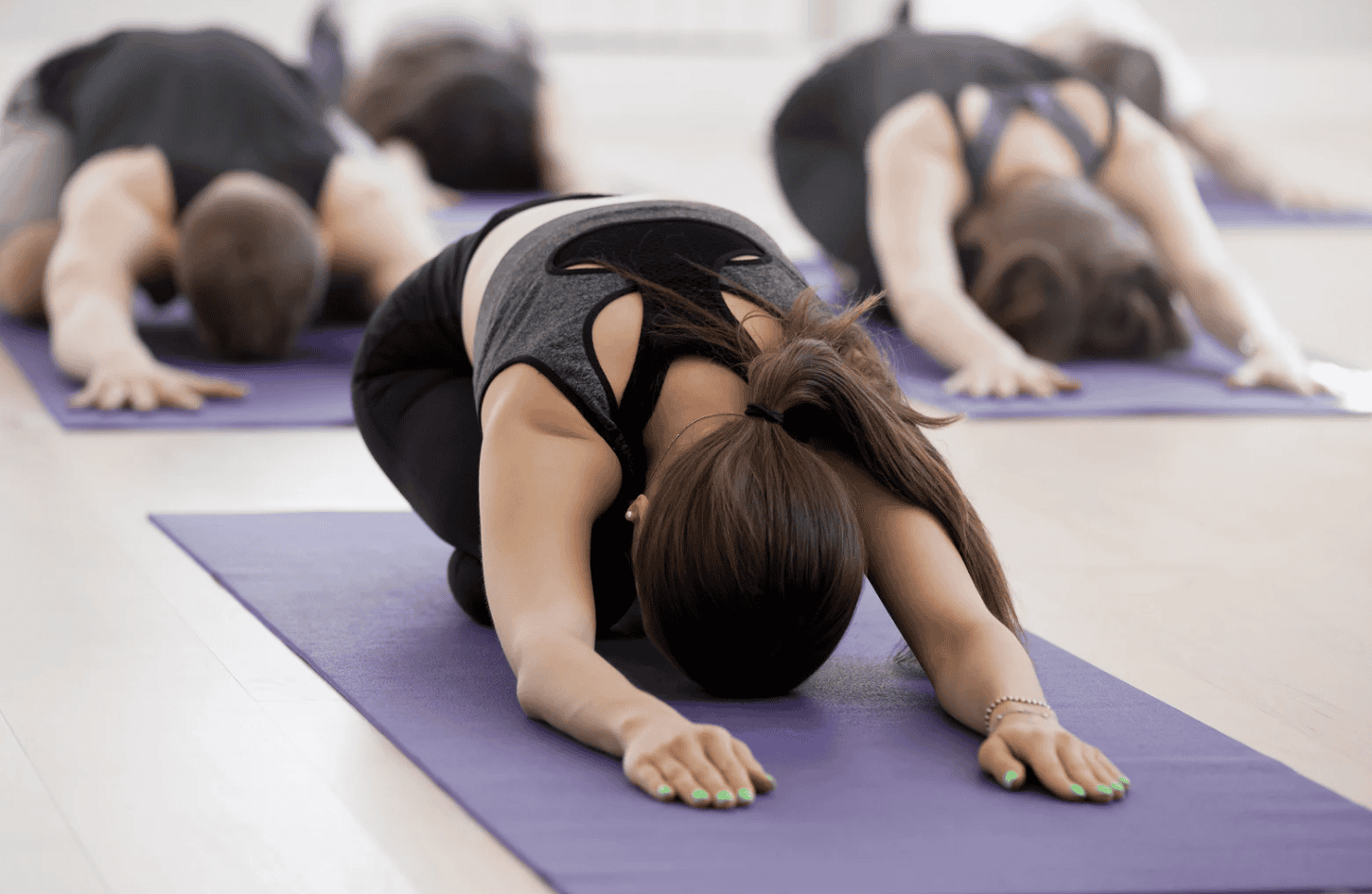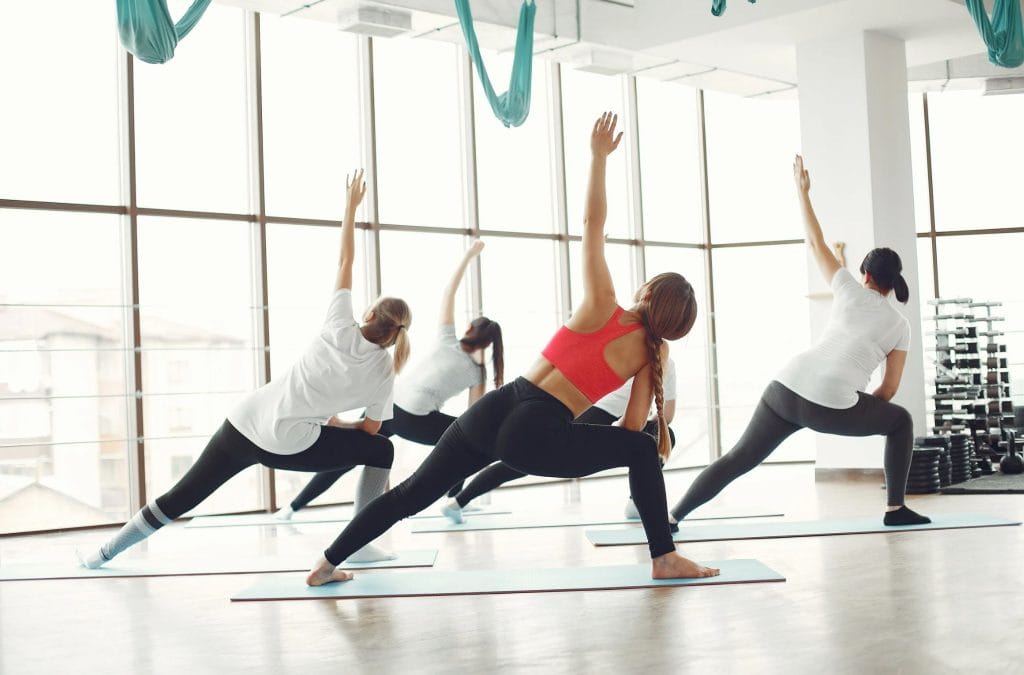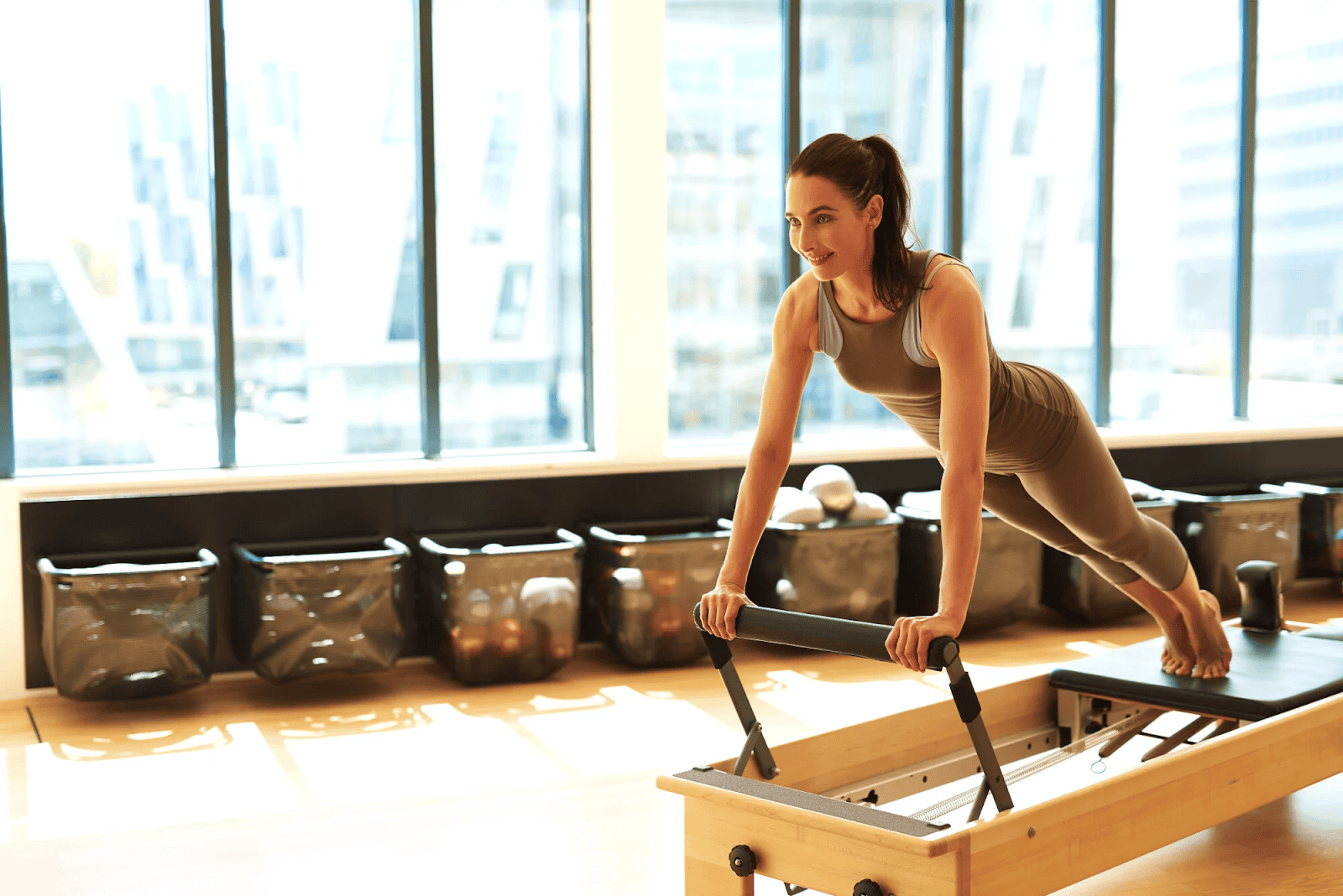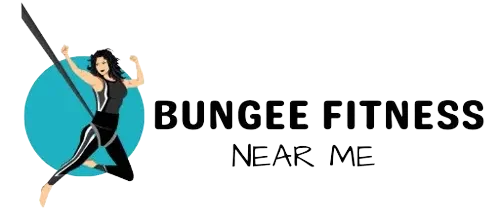From Yoga to Weights: How to Find Your Perfect Fitness Match

Fitness means different things to different people. Some individuals find peace in quiet movements, while others prefer explosive strength training. Navigating this landscape of workouts can feel overwhelming, but it becomes easier when your decision reflects your goals, personality, and physical condition. Choosing the right fitness routine sets the tone for your relationship with health. The best plan isn’t about the trendiest method; it’s about what keeps you engaged, committed, and progressing.
A well-matched workout provides physical benefits while feeding your mental and emotional well-being. The connection between movement and mindset plays a big role in long-term success. With a deeper understanding of the major types of exercise and the self-awareness to evaluate what fits, you can confidently settle into a plan that motivates and sustains.
Understanding Your Personal Fitness Goals
Before picking any program, you must define your priorities. Ask yourself what you want to achieve. Some people focus on weight loss while others aim to build strength, improve mobility, or reduce stress. Each type of exercise produces different outcomes. Your goals influence whether yoga, resistance training, dance, or endurance sports offer the best fit.
Clarity makes a big difference. A person recovering from injury needs a gentle reentry plan, such as Pilates or bodyweight routines. Someone preparing for a marathon should focus on endurance training mixed with strength training. Identifying the main driver behind your fitness journey gives structure to your search and prevents time wasted on mismatched routines.
Matching Your Personality to a Workout Style
Your temperament impacts how well you stick with a program. Energetic extroverts might love group classes like Zumba or circuit training. People who enjoy solitude often gravitate toward solo runs or yoga. Others thrive on tracking measurable progress through lifting or interval-based performance workouts.
If your fitness routine feels aligned with your natural preferences, you’re more likely to maintain consistency. Consider whether you enjoy repetition or variety. Think about your comfort level in gyms, studios, or outdoor settings. Tailoring your approach around your personality builds enjoyment, which is a powerful motivator that drives long-term success.
The Role of Physical Condition and Limitations
Choosing the right plan involves assessing your current physical condition. Factors such as injury history, mobility, strength, and energy levels guide safe and effective training. Not every trend fits every body. Jumping into advanced workouts without preparation often leads to discouragement or harm.
Those with joint concerns might start with water aerobics or resistance bands. If you’ve been sedentary, gentle walking programs or beginner yoga support a return to movement without pressure. Listening to your body’s signals becomes part of the learning process. Fitness grows stronger when aligned with respect for your current limitations.

Exploring the Benefits of Low-Impact Options
Low-impact workouts don’t mean low effectiveness. In fact, they build solid foundations for strength, flexibility, and endurance. Yoga, Pilates, and walking routines focus on form and precision. These approaches develop discipline while supporting recovery, balance, and control.
Low-impact doesn’t mean easy. Advanced yoga builds core strength and stamina. Pilates challenges deep muscle systems. These workouts serve people across age groups and skill levels. They also develop body awareness that helps with posture, breathing, and movement patterns in daily life. Midway through your journey, you might start to notice how awareness plays a role in progress. It helps identify imbalances or weak links that need attention. This insight strengthens your technique and prevents injuries, especially as you take on more demanding routines.
Diving into Strength Training and Conditioning
Resistance training offers clear benefits across the board. It builds muscle mass, enhances metabolism, and supports joint health. Strength routines range from light dumbbell sets to barbell lifts and bodyweight calisthenics. The structure of strength workouts offers measurable progress through increased reps, weight, or difficulty.
Weight training suits those who enjoy routine and goal tracking. The visual and physical results reinforce commitment. For beginners, starting with resistance bands or machines builds confidence and form. Advanced lifters often cycle through programs that alternate focus between strength, hypertrophy, and endurance.
Strength training appeals to more than bodybuilders. It supports bone density, cardiovascular function, and mental toughness. Its benefits extend far beyond appearance. The power it offers reaches into daily activities, from carrying groceries to lifting kids without strain.
Evaluating Cardio Options That Don’t Feel Like a Chore
Not everyone enjoys traditional cardio machines. Fortunately, movement doesn’t have to happen on a treadmill. Swimming, hiking, dancing, and rowing offer exciting ways to challenge the cardiovascular system. The best cardio workout is the one you don’t dread.
Cardio supports heart health, fat loss, and stamina. Variety keeps it interesting. If you enjoy competition, consider sports like tennis or basketball. Prefer rhythm and flow? Dance fitness or indoor cycling classes might hit the mark. Every person has a cardio format that works for their personality and physical preferences.
Cardio can complement other training types or serve as a primary method of fitness. Pairing strength training with a favorite cardio activity balances your routine and prevents boredom. By mixing intensity levels, you can match your workouts to energy availability each day.
Testing Hybrid Workouts and Fusion Fitness
Hybrid workouts combine disciplines to deliver multiple benefits. Think yoga sculpt, which merges flexibility with strength. Or bootcamps that include cardio intervals between bodyweight drills. Fusion fitness keeps things interesting and often produces faster results by working the body in diverse ways.
These programs suit those who get bored easily. They attract individuals who enjoy dynamic routines and crave constant challenge. Because they touch on multiple fitness elements, they support balanced development. With enough creativity, your weekly plan might include strength, cardio, mobility, and mindfulness without feeling repetitive.
Tracking Progress Without Obsession
Progress matters, but it shouldn’t consume the joy of movement. Set benchmarks that motivate without overwhelming. Track your ability to complete routines with better form or greater ease. Measure improvements in sleep, mood, or energy.
The scale doesn’t tell the full story. Fitness goals evolve, and so should your focus. Celebrate small wins. Increased mobility, better focus, and reduced stress signal progress as strongly as visible changes. Let your results speak through how you feel and function.

Fitness isn’t one-size-fits-all. Each journey looks different because each body and mind requires something unique. From calming yoga poses to powerful deadlifts, every movement has a place depending on the individual. You don’t need to chase trends or follow a single routine forever. Your perfect match comes from honest reflection and open experimentation.
Whether you’re drawn to meditative stretches or intense conditioning, the key is consistency built on personal alignment. Let your goals, physical state, and preferences lead the way. When exercise feels right, motivation becomes natural and results follow. Finding the right routine isn’t about trial and error; it’s about listening to your body and choosing what supports your growth every step of the way.
